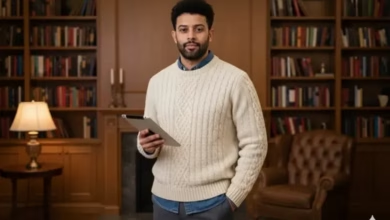How to Generate Good Prompts for ChatGPT
A Complete Guide to Master AI Conversations

Why the Right Prompt Matters
Learning how to write good prompts for ChatGPT is the key to unlocking the full power of artificial intelligence. The way you phrase a prompt determines how smart, relevant, and creative the AI’s response will be. Whether you’re writing a blog post, generating code, or brainstorming content ideas, mastering prompt writing can turn ChatGPT into your most effective creative partner.
1. Be Clear and Specific
Ambiguous prompts lead to generic answers. Instead of saying “Write about AI,” try:
“Write a 500-word article explaining how AI is transforming journalism, with real-world examples.”
Specific prompts give ChatGPT direction — length, tone, topic, and even audience type.
2. Add Context and Role
Give ChatGPT a role or perspective to work from. This activates domain-specific reasoning. For example:
“Act as a marketing strategist and create a campaign for a new eco-friendly smartphone.”
When you assign a role, ChatGPT tailors its language, style, and content depth accordingly.
3. Structure Multi-Step Prompts
Break complex tasks into smaller parts. For example:
- Summarize the key points of this article.
- Create three social media captions about it.
- Suggest SEO keywords.
This helps ChatGPT handle structured workflows effectively and produce more coherent results.
4. Use Examples
Show what you expect. Example-driven prompts reduce misunderstanding:
“Write a product description like this: ‘Minimal, elegant, and functional—this watch redefines simplicity.’ Now, apply the same style to a new wireless headphone.”
5. Refine with Iteration
Prompting is a creative process. Ask follow-up questions or refine your instructions:
“Make it sound more human.”
“Add a persuasive hook at the beginning.”
Iterative refinement lets you shape the tone, clarity, and focus of the final output.
6. Specify Style and Format
If you want a blog post, poem, or code — say it clearly. You can even ask for Markdown, bullet points, or specific tone indicators (formal, journalistic, playful). Example:
“Write a concise blog post (under 300 words) in a conversational tone using bullet points and short paragraphs.”
7. Experiment and Learn
The best prompters are experimenters. Try different phrasing, constraints, and creative setups. Over time, you’ll develop intuition for what works best in different contexts.
Conclusion: Prompting is a Skill
Good prompting isn’t just about what you ask — it’s how you ask. Clarity, context, and creativity make all the difference. The next time you use ChatGPT, treat your prompt as a collaboration: guide the model with precision, and it will reward you with insights, inspiration, and ideas beyond expectation.
Pro Tip: Keep a “Prompt Journal.” Note what works, what fails, and how small tweaks change results. That’s how real prompt masters evolve.

